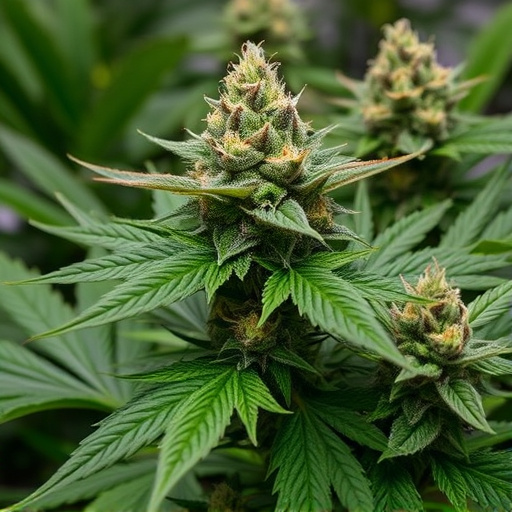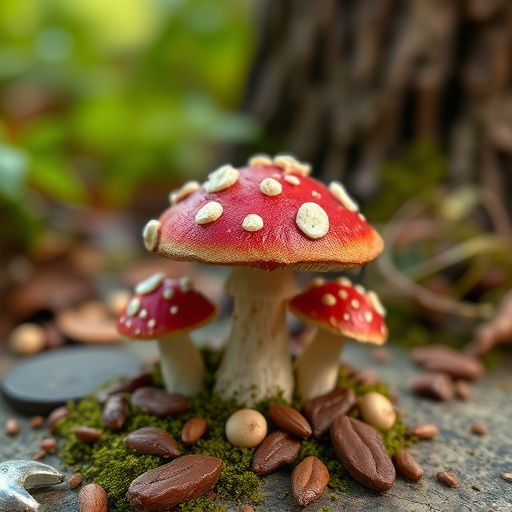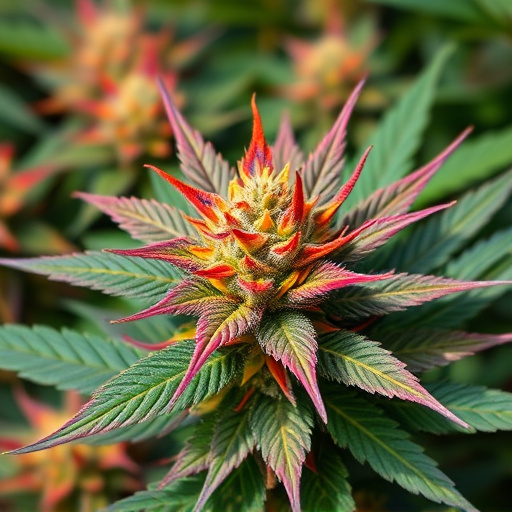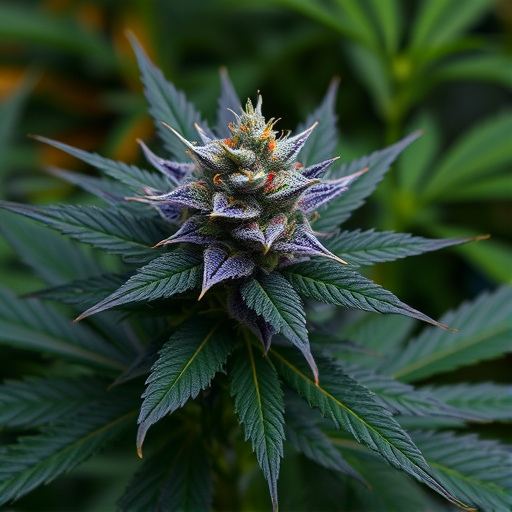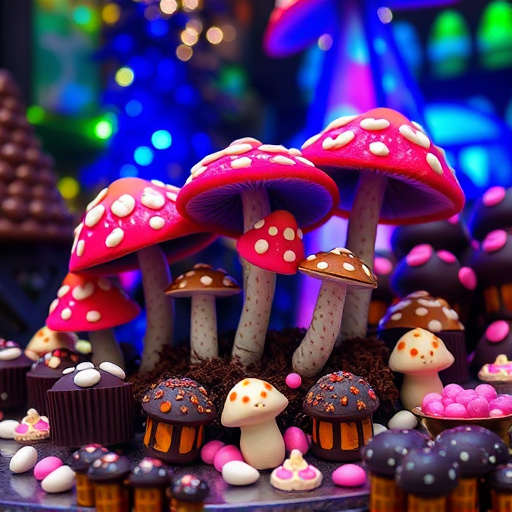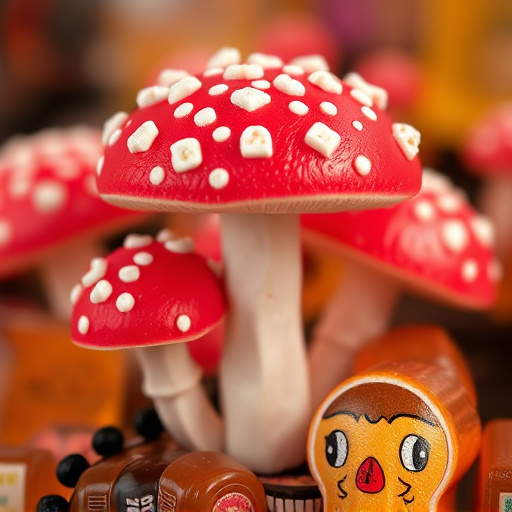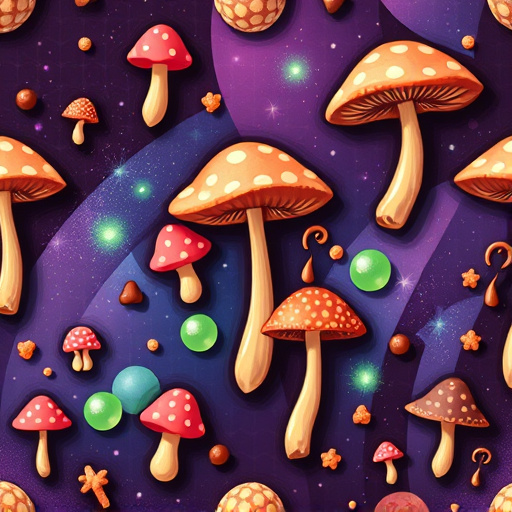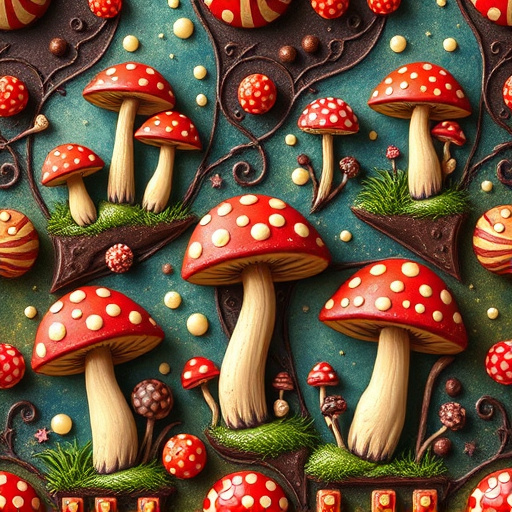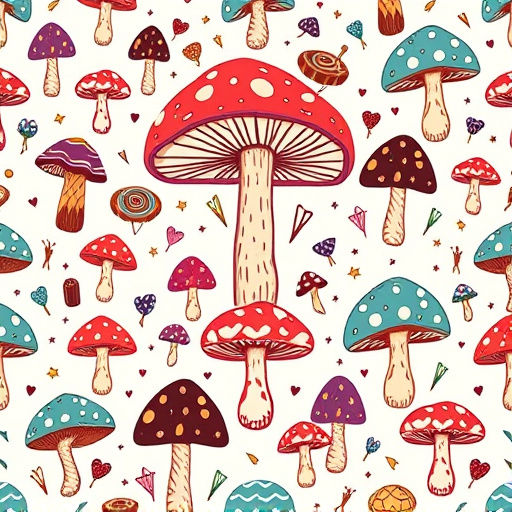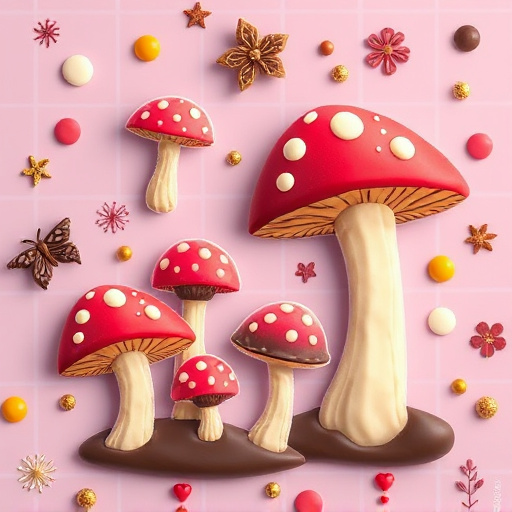The history of magic mushroom chocolates traces back to ancient civilizations like the Aztecs and Maya, who used psychedelic substances for rituals and medicine. In the 16th century, European explorers introduced chocolate to Europe, sparking culinary experimentation. Modern times have seen a resurgence in combining psilocybin mushrooms with chocolate, offering unique sensory experiences. This trend reflects a blend of ancient wisdom and contemporary practices, promising new therapeutic avenues while appealing to those seeking safe, controlled mind-altering experiences without recreational risks. Craft chocolatiers are leading this movement by integrating organic and sustainable practices to create gourmet chocolates infused with psychedelic compounds.
Uncover the enchanting world of organic magic mushroom chocolates, a sweet treat with a mystical twist. This journey delves into the historical origins of these unique confections, exploring their cultural and therapeutic usage across time. From ancient rituals to modern culinary trends, discover how psilocybin has left its mark on confectionery. We trace the evolution of magic mushroom chocolates, uncovering consumer preferences and current renaissance in this captivating niche.
- A Journey Through Time: The Historical Origins of Magic Mushroom Chocolates
- Decoding the Cultural and Therapeutic Usage of Psilocybin in Confectionery
- Exploring the Modern Renaissance: Current Trends and Consumer Preferences
A Journey Through Time: The Historical Origins of Magic Mushroom Chocolates

The history of magic mushroom chocolates is intertwined with the exploration and cultural exchange that has shaped our global food landscape. The concept of infusing chocolate with psilocybin mushrooms dates back centuries, with ancient civilizations like the Aztecs and Maya utilizing various psychedelic substances for ritualistic and medicinal purposes. These early practices laid the groundwork for what would eventually become a peculiar culinary fusion.
As European explorers encountered the Americas in the 16th century, they brought back not only new territories but also an array of exotic foods and ingredients. This era marked a turning point in the history of magic mushroom chocolates as chocolate itself became popular throughout Europe, and experimentation with unique flavor combinations began. Over time, the practice evolved, with some cultures embracing the psychological effects of psilocybin mushrooms alongside their culinary allure, creating a sweet and profound sensory experience.
Decoding the Cultural and Therapeutic Usage of Psilocybin in Confectionery

The cultural and therapeutic usage of psilocybin, a compound found in certain types of magic mushrooms, has a rich history dating back centuries. Indigenous cultures worldwide have traditionally used these fungi for their spiritual and medicinal properties, incorporating them into rituals and healing practices. In recent years, there’s been a growing interest in decoding and exploring the potential therapeutic benefits of psilocybin within a modern context, particularly in the realm of confectionery.
This interest isn’t just about indulging a curiosity; it reflects a broader movement towards integrating ancient wisdom with contemporary wellness practices. Magic mushroom chocolates, for instance, have emerged as a novel way to deliver psilocybin, offering a more accessible and palatable experience compared to traditional ingestion methods. The historical usage of these fungi, steeped in cultural significance, is thus evolving to meet modern demands, promising potential therapeutic avenues while also providing a unique culinary experience.
Exploring the Modern Renaissance: Current Trends and Consumer Preferences
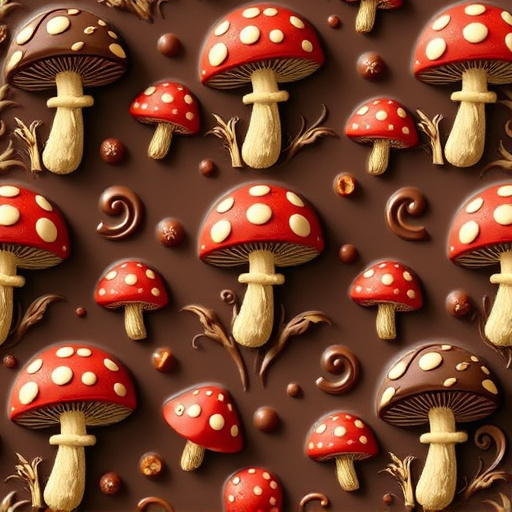
In recent years, the history of magic mushroom chocolates has experienced a remarkable renaissance. Consumers are increasingly seeking unique and innovative confectionery experiences, driving trends that blend traditional chocolate indulgences with psychedelic substance usage. This modern revival is not merely a fad but reflects evolving consumer preferences for mind-altering experiences in a safe and controlled manner. The integration of magic mushrooms into gourmet chocolate products appeals to those looking to explore altered states of consciousness without the traditional risks associated with recreational use.
This trend goes beyond mere curiosity; it signifies a deeper desire for sensory exploration and a connection to nature. Craft chocolatiers, at the forefront of this movement, are using organic ingredients and sustainable practices to create gourmet chocolates infused with psychedelic compounds. As a result, consumers can enjoy not only the rich flavors and textures of premium chocolate but also the potential benefits and insights that magic mushrooms offer. This blend of tradition and innovation is reshaping the landscape of edible psychedelics, making them more accessible, appealing, and integrated into modern lifestyles.
The history of magic mushroom chocolates, rooted in ancient cultural practices, has evolved into a modern renaissance. From historical uses of psilocybin for therapeutic and spiritual purposes, to today’s burgeoning market driven by consumer demand for novel experiences, the journey is marked by both tradition and innovation. As society continues to explore the potential benefits of psychedelic compounds, the future of magic mushroom chocolates looks bright, offering a unique blend of nostalgia, curiosity, and culinary delight.

